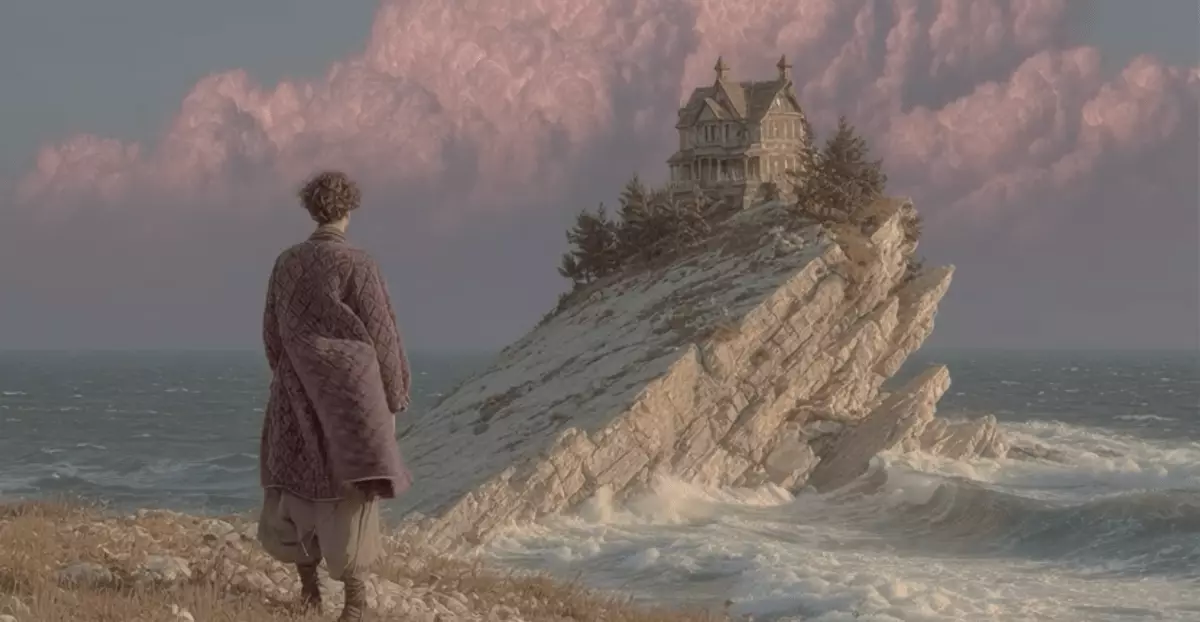In recent years, the surge of advanced AI technologies has fundamentally reshaped the creative landscape, providing new avenues for expression and innovation. With tools emerging that not only aid but also empower creators, the boundary between human creativity and machine assistance is continually evolving. Midjourney’s latest leap forward—a video generation model capable of animating both user-uploaded images and those crafted on its platform—stands as a testament to this transformative era. It is not merely an incremental update; it represents a revolution in how we envision and create moving images.
Features That Inspire Innovation
The beauty of Midjourney’s new tool lies in its user-friendly interface that encourages experimentation. Upon creating or uploading an image, users can engage with the platform’s “animate” feature—a seamless transition from a static image to a dynamic video clip. The generation of a 5-second animation based on a simple text prompt is just the beginning. Additionally, it invites users to take control of the creative process. With features such as extended animation capabilities and adjustable motion settings, creators are no longer limited to generic outputs; instead, they can articulate the specifics of motion that align with their artistic vision.
This kind of customization is crucial. The ability to dictate how the animation unfolds is a powerful tool for artists, designers, and storytellers alike. By empowering users to dictate the parameters of motion, Midjourney enhances the artistic process, making it more reflective of individual creativity rather than mere algorithmic output.
Accessibility at a Price
Despite the exciting features Midjourney presents, the platform is not without its limitations. Accessible solely through a subscription model—which starts at $10 per month for limited GPU time—it raises questions about affordability for the average user. With the information that video generation will incur significantly higher costs compared to traditional image processing, the service may become less accessible to budding creators eager to explore the medium. Such pricing structures can inadvertently stifle the diversity of voices in a creative field that thrives on varied contributions, as not everyone can afford to pay eightfold for the evolving capabilities of AI.
Yet, one could argue that the cost reflects the sophisticated technology behind these tools. Developing AI capable of generating nuanced motion based on user inputs is an intricate process, and pricing should reflect the innovation and quality of the product. Striking a balance between accessibility and sustainability will be vital to Midjourney’s success.
Legal Challenges and Ethical Considerations
Another layer of complexity emerges with the looming legal battles that Midjourney faces from industry giants like Disney and Universal. Accusations claiming that the platform facilitates the unauthorized reproduction of copyrighted works highlight a fundamental question about the ethical use of AI in creative industries. As AI technology continues to advance, the legal frameworks that govern intellectual property will need to adapt to accommodate these changes or risk stifling innovation.
The idea of AI as a “virtual vending machine” for creative works invites a broader discussion about ownership and originality in the age of machine-generated content. Are these creations mere reflections of existing art, or do they carve their own unique spaces in the creative realm? It is essential to navigate this landscape carefully to foster an environment where creativity flourishes without infringing on the rights of original creators.
A Vision for the Future
Looking forward, Midjourney’s founder David Holz sees this initial rollout as a mere “stepping stone.” The ambition to develop models capable of real-time open-world simulations hints at possibilities that could redefine not just video creation but storytelling as a whole. As competitors like Google, OpenAI, and Meta join the fray with similar offerings, the ensuing competition could accelerate advancements and spur innovation in ways we cannot yet fully comprehend.
What’s clear is that the realm of digital creativity is undergoing a transformation. The tools we have at our disposal are not just enhancing our capabilities but are also expanding our imaginations. In this new frontier, creativity remains human, but the modalities of expression are becoming increasingly collaborative with AI.

